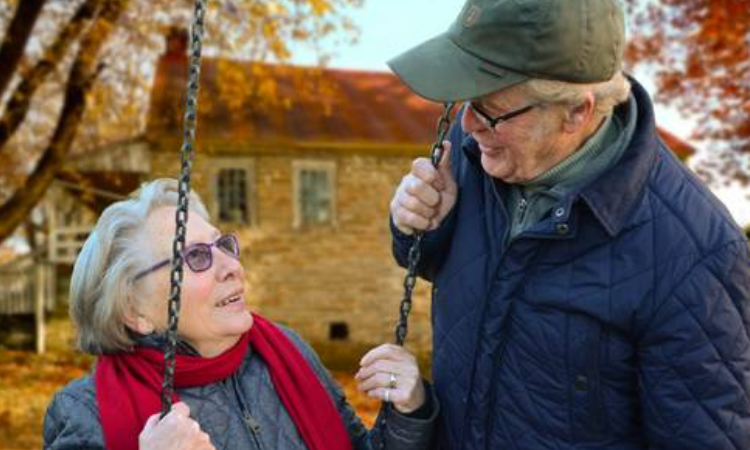
From Director’s Desk | Anirudh Dar
At 41, I often look ahead to figure out how much longer I’d still want to work before hanging my boots for good. The number of years seem to get closer, not because I am getting older, but because I increasingly feel I do not want to work till the age of 60. This seems to be the new normal now – with more and more people wanting to retire early. But the larger question remains – that am I, or those who think like me, truly prepared for retirement?
A lot has changed in the way we think about, plan and eventually retire from a generation ago. Then, most people retired at 60 and often ended up living with their children, which meant the additional safety net of being around loved ones. Their life savings were invested in bank deposits and the good old PPF accounts were maturing with compounded interest rates as high as 12% per annum, as recently as the year 2000.
A lot has changed between that generation and this current one. One, the concept of joint families has steadily declined, meaning we need to fend for ourselves more than ever before. Two, we are not saving enough and three, the interest rates on our preferred debt instruments are nowhere near what they used to be.
A PPF is currently accruing an annual interest of 7.1%, the lowest it’s been in almost two decades. Bank deposits now give between 5-6% interest per annum with a reinvestment rate risk, meaning that it is very likely that you will not be able to renew at these current rates in the future. So even if we want to save, we will need to diversify our assets from debt to the more volatile but the completely unavoidable equity.
Today Indians have more than Rs. 95 lac crores lying idle in bank savings and fixed deposits with full knowledge that whatever miniscule returns will be got from these will be fully taxable.
Yet we fail to diversify.
Consider this: A monthly savings of Rs 25,000/- today will be worth only Rs 5996/- thirty years from now. At the same time, a monthly expense of Rs 25,000/- today will grow to Rs 155,000/- thirty years from now. This depicts the reducing purchasing power of money in conjunction with inflation. Add to this, those who want to retire early, say at the age of 50, and assuming a life expectancy of 85, would need to live almost 35 years into their retired life with whatever savings they may have.
If you have the answers to your retirement strategies, you are probably better off than the millions who do not have them. However, if you feel, you are nowhere near the required level of preparedness for your retirement, then it is not too late to start thinking and planning about it.
After all, you would like the “golden years” of your life to remain “golden”!